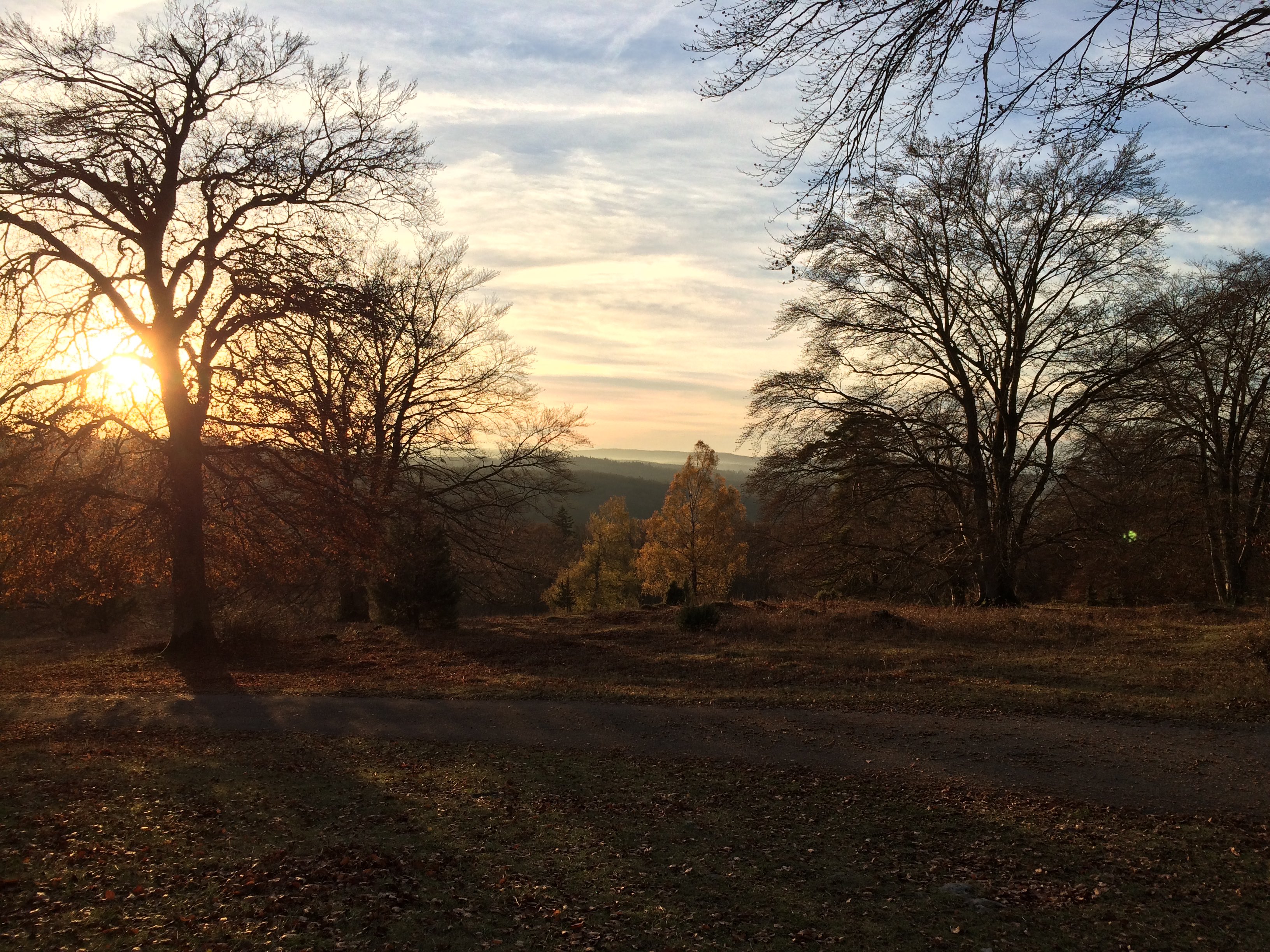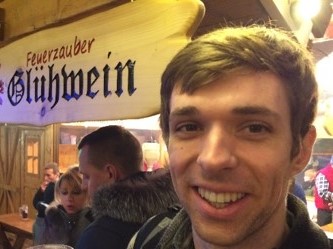Carl Zeiss has many different company divisions serving various industries. The Corporate Research and Technology department is located within the umbrella company Carl Zeiss AG and as a result, the computation and algorithms group where I worked and which is focused on physical simulation and image processing, receives a diverse set of tasks from all divisions of the company.
My project focused on solving the inverse scattering problem, which seeks to determine characteristics of an object based on measured data of how it scatters light. The goal for this project was to improve the clarity and resolution of Optical Coherence Tomography (OCT) images of the retina, in which light is shined into the eye, the scattered light intensity is measured, and that data is used to construct an image. The project was different from what is usually undertaken in the department, since it was research-focused and exploratory. The work was entirely simulation-based, so I spent the majority my time developing algorithms in MATLAB code to solve the Lippmann-Schwinger Equation, which describes how light is scattered from an object.
Before my internship at Carl Zeiss, I was unsure of what kind of career I would pursue after my PhD. Afterwards, it was clear to me that I had found a work environment and philosophy that felt satisfying, balanced, and like a community that I could envision myself joining. I made strong connections during my internship that I hope will last a lifetime. Living in a small city like Oberkochen gave me a unique opportunity to experience regional language, culture, and history in Germany that I feel few people have the opportunity to do in bigger cities.



